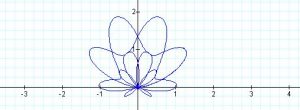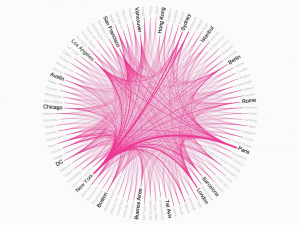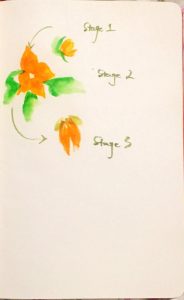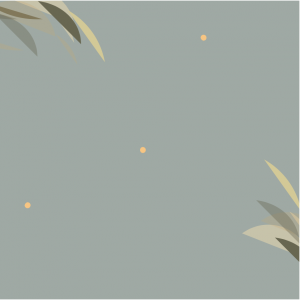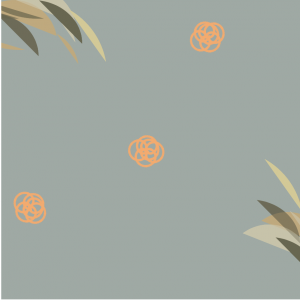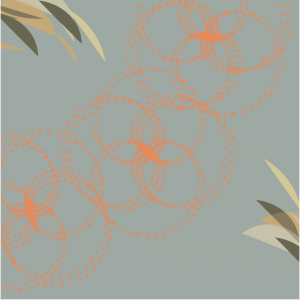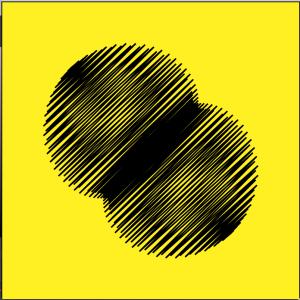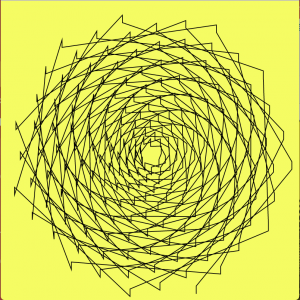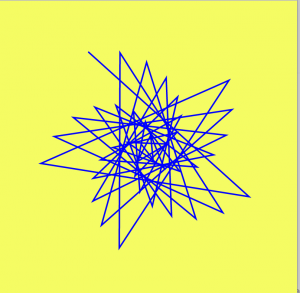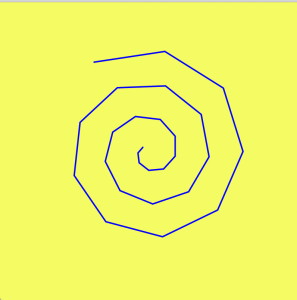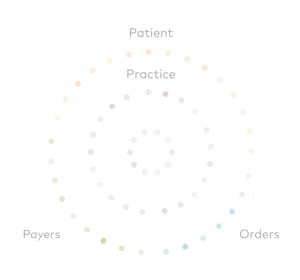Eyeo 2015 – Theo Watson & Nick Hardeman
Theodore Watson and Nick Hardeman are the key figures of the creative studio Design IO LLC (based in Cambridge, Massachusetts), specializing in the design and development of innovative, interactive installations. Watson – the Creative Director w/ a BFA Design & Technology from Parsons School of Design – is an artist, designer and experimenter whose work strives to invite people to play. Hardeman – Minister of Interactive Art – is a new media artist, designer and experimenter who enjoys combining traditional means of art medium with emerging technologies.
The studio blends design and technology, creating innovative, interactive installations and galleries for the people to enjoy. I admire their progressive mindset; applying current technological capabilities into traditional means of art. Growing up, interactive installations were not common (if they even existed); yet in today’s museum galleries – especially the children section – there are so many variety of interactive installations. I think this fosters the children’s growth more and that is why I admire how Design IO has contributed so many of these installations. Out of all their work, the Living Library my favorite project. Growing up I always enjoyed the interactive books like Eric Carl; it engages children more. And I think that the Living Library pushes this concept effectively through the use of technology.
Their presentation skill is pretty orthodox; they begin with introduction of the speakers, and they transitioned to the precedent which inspired the project they are talking about. Their presentation organization was very basic yet appreciated for its logical flow and simplicity.
Video showcasing Living Library project by Design IO (favorite work by them)
Link | http://design-io.com/ – Design IO website
http://design-io.com/projects/LivingLibrary/ – Living Library project page
![[OLD FALL 2017] 15-104 • Introduction to Computing for Creative Practice](../../../../wp-content/uploads/2020/08/stop-banner.png)
